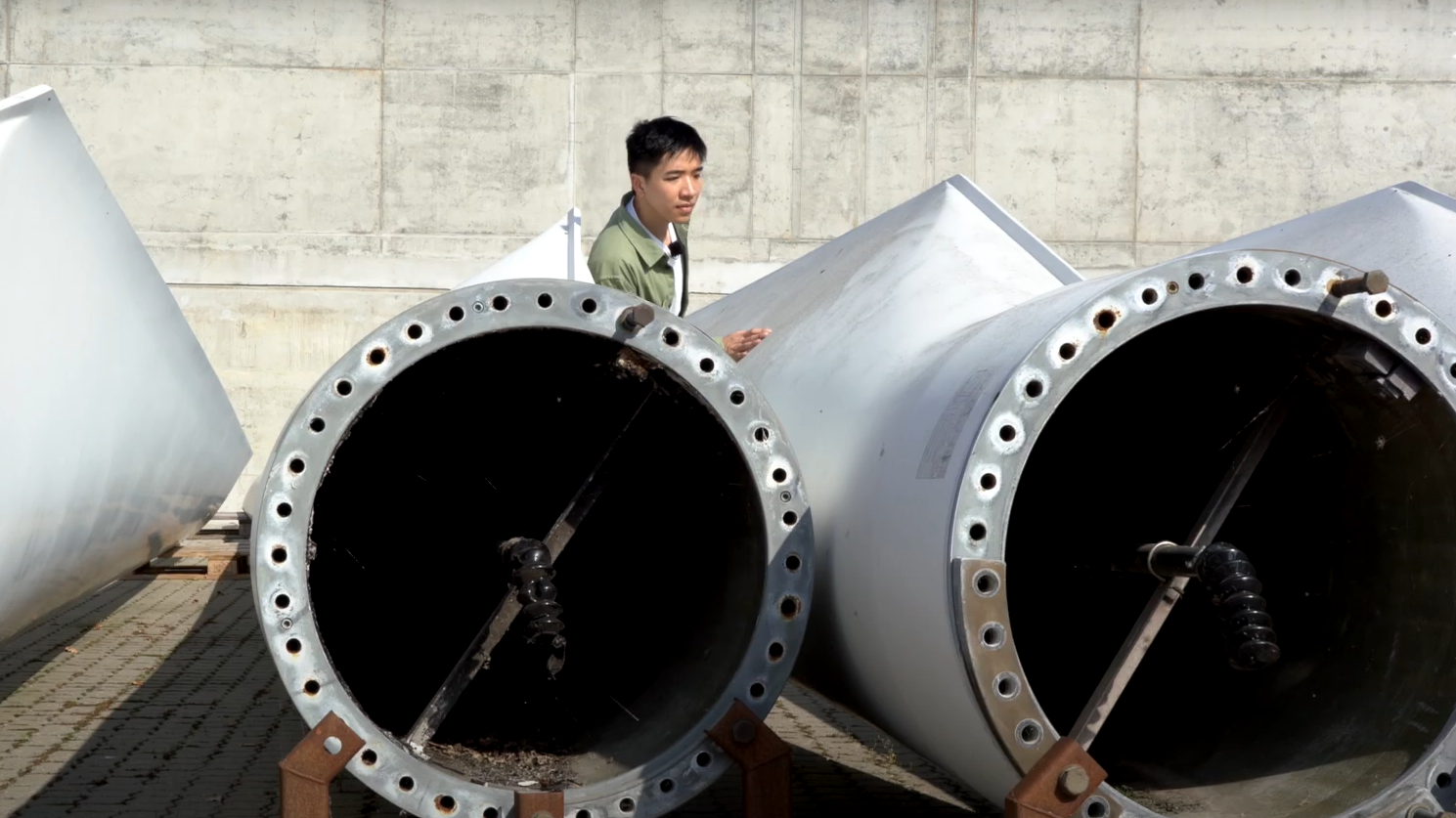Functional coatings
Functional coatings, in addition to protective and decorative properties, have special functions. Examples are catalytic coatings for air pollution control and insulation coatings for energy savings. Research in this field is special for each type of coating and requires dedicated testing devices and formulation techniques.

Examples
The primary functions of coatings are to protect and decorate substrates. Examples of commercial functional coatings are antimicrobial, colour shifting, conductive, easy clean, photo- and thermochromic, self-healing and super hydrophobic coatings.
In CoaST, we work on the following functional coatings:
- Anti-stick coatings for the cement industry (wet clay)
- Rain erosion-resistant blade coatings for wind turbines
- Catalytic coatings for passive air cleaning
- Self-stratifying coatings for fouling control
- Insulation coatings for safe touch and energy saving
The research within each of these areas requires specialized formulation techniques and testing equipment for design and optimization of the particular function.

Disciplines
Disciplines involved in understanding the working mechanisms of functional coatings are chemical reaction kinetics, rheology, thermodynamics, advanced analytical and characterization tools, materials science, mathematical modelling, and transport phenomena.
Projects
Objective
This project will provide an overview of erosion mechanism model, optimize a rain erosion lab test device and produce a reliable rain erosion resistant LEP coating.
Background
With the development of wind turbine blade materials, the blade will no doubt have larger length, which will rapidly increase the leading edge tip speed and serious rain erosion of the blade surface. Coatings assist to dampen these impacts, so-called leading edge protection (LEP). However, the rain erosion resistant properties of LEP coatings need further improvement, reliable laboratory test device needs to be developed and rain erosion model needs further study.
The project
This project mainly includes three specific parts: the study of rain erosion mechanisms, the modification of the rain erosion lab test device and the formulation and evaluation of leading edge protection coatings.
Funding
The Hempel Foundation and the Technical University of Denmark (DTU)
The project runs from 1 November 2020 - 31 October 2023.
Supervisors
- Søren Kiil (main supervisor)
- Kim Dam-Johansen (co-supervisor)
Contact
Zhiwei Wu Student s175692@student.dtu.dk
Contact
Søren Kiil Professor Department of Chemical and Biochemical Engineering sk@kt.dtu.dk